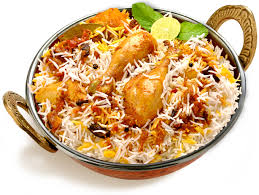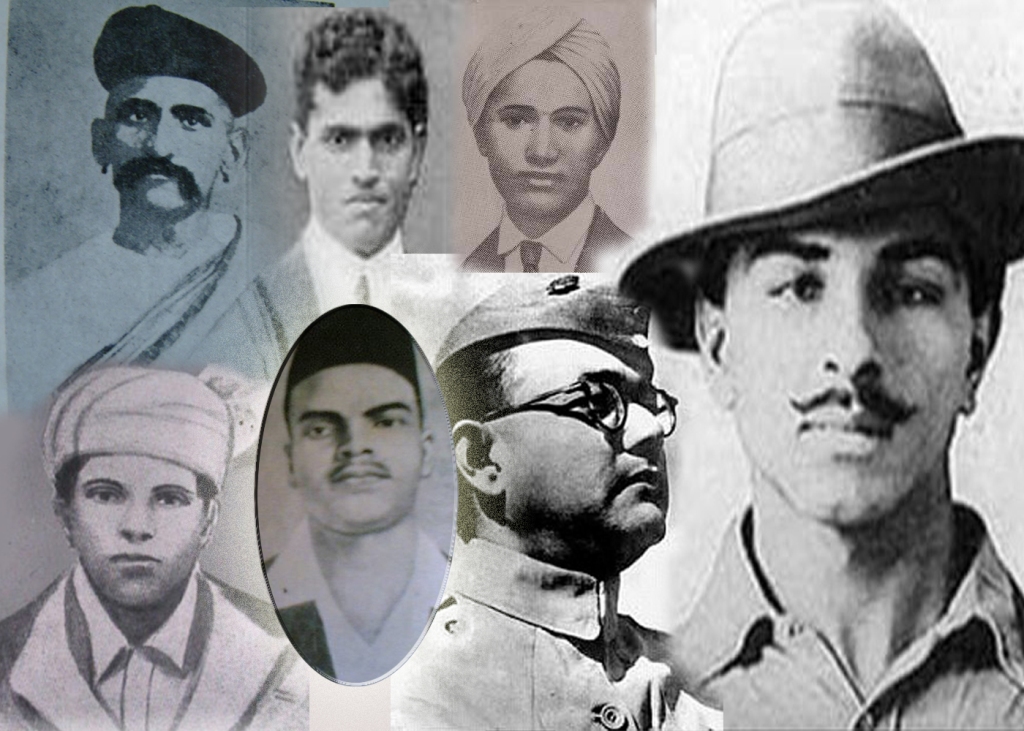Researchers have made a beginning at delivering taste through programmed sensors. Can the all-time favourite Biryani be tasted virtually?

Quite often, you find tantalising pictures of mouth-watering dishes such as biryani and hot Indian curries posted by chefs and friends on social media such as Facebook and WhatsApp. In the future, net users may be able to taste the dishes through programmed sensors.
The breakthrough has come from a research team in Signapore. The team has taken the online culinary shares to a new level. They have found a way to tag “taste” along with the tantalizing pictures through the internet.
According to a report in the New Scientist, the researchers started with lemonade. By using a sensor that could pick up the lemonade’s colour and acidity before pinging that information to a distant cup of water.
The specially designed receiving cup then used light-emitting diode lights to change the water’s colour and tiny electrical zaps to trick the tongue into finding the water sour.
No doubt, these are just baby steps. The system has a long way to go. Taste is much more complicated than just colour and sourness. Taste test volunteers could easily tell the difference between real and virtual lemonade.
Buoyed by the initial breakthrough, the researchers are now working to add other capabilities and someday hope to be able to transmit the flavour of any drink.
When it comes to India, taste would be an all-together different experience with so many ingredients going into making a biryani or a spicy red-hot curry. The sensors would really have to work hard and overtime trying to deliver the real taste of a biryani or any curry.
So, for now, those mouth-watering pictures of biryani and other dishes will have to suffice.
The breakthrough on virtual taste was announced recently at the Conference on Tangible, Embedded and Embodied Interaction in Yokohama, Japan.












































